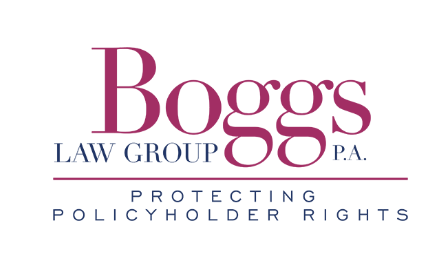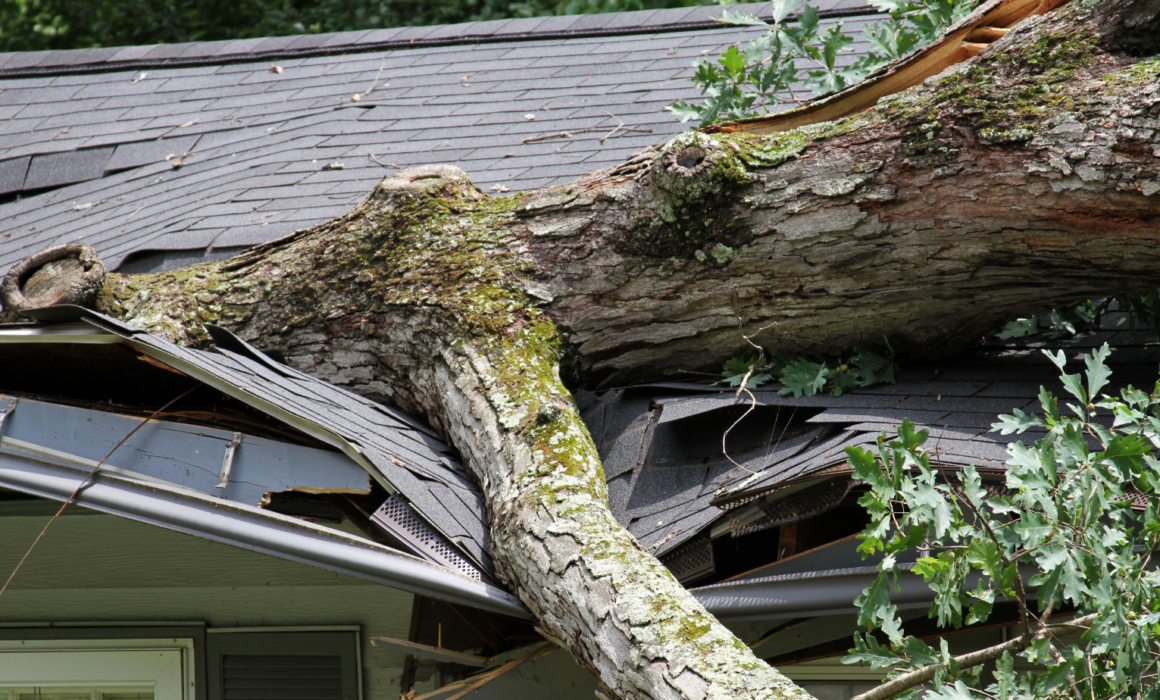Wind vs. Flood Damage: Understanding Coverage Differences in Storm Claims
When a major storm hits Florida, property damage is often unavoidable. But for homeowners, the real challenge often begins after the storm—navigating your insurance claim.
One of the most misunderstood aspects of storm-related claims is the difference between wind damage and flood damage, and how each is treated by insurance providers. Understanding the distinction could mean the difference between a fully paid claim and a denied one.
What’s the Difference Between Wind and Flood Damage?
While both types of damage may occur during the same storm, insurance companies treat them as separate events.
Wind Damage
Wind damage is typically caused by:
- High-speed winds
- Tornadoes
- Flying debris
- Fallen trees
- Roof uplift and structural damage
Common wind-related damage includes:
- Torn shingles or roof damage
- Broken windows and doors
- Damaged siding
- Interior water intrusion caused by wind-damaged roofs
Is it Covered?
In most standard homeowners insurance policies, wind damage is covered—especially if it leads to interior damage (e.g., rain entering through a wind-damaged roof). However, some policies in high-risk areas like Florida may have a hurricane deductible, which is often higher than your normal deductible.
Flood Damage
Flood damage results from:
- Rising water from overflowing lakes, rivers, or storm surges
- Heavy rainfall that causes surface water to accumulate
- Flash flooding or backed-up storm drains
Common flood-related damage includes:
- Saturated floors and walls
- Damage to electrical systems
- Mold or mildew
- Damage to foundations or HVAC systems
Is it Covered?
Flood damage is NOT covered by standard homeowners insurance. It requires a separate flood insurance policy, typically through the National Flood Insurance Program (NFIP) or a private insurer.
This is where many homeowners are caught off guard. If your home floods due to storm surge or rising water—even during a hurricane—you won’t be covered unless you’ve purchased separate flood insurance in advance.
Why Does This Distinction Matter in a Claim?
When damage is caused by both wind and flooding, disputes can arise over which type of damage came first and which insurer is responsible.
For example:
- If wind breaks a window and rain enters your home: that’s wind-related, and likely covered.
- If water enters your home because your neighborhood is flooded and the water rises through the foundation: that’s flood damage, and requires flood insurance.
Disagreements over the cause of damage can lead to delayed or denied claims, and insurance companies may try to shift liability to avoid payout.
Tips for Homeowners Filing Storm Claims
- Document Everything – Take photos or video of the damage as soon as it’s safe. Make note of what was damaged and how.
- Contact Your Insurer Promptly – File your claim quickly to start the process.
- Review Your Policy – Know what’s covered and what your deductible is, especially if you’re in a hurricane-prone area.
- Be Cautious with Adjusters – Insurance company adjusters may not always work in your best interest. Consider hiring a public adjuster or attorney if you suspect underpayment or bad faith.
- Consider Legal Help – If your claim is delayed, denied, or underpaid, a qualified storm damage attorney can help protect your rights.
Need Help with a Wind or Flood Damage Claim?
At Boggs Law Group, we understand the frustration and financial strain that comes with storm damage—especially when your insurance company isn’t playing fair. Whether your claim involves wind damage, flood damage, or both, our experienced legal team is here to advocate for you and help you recover what you’re owed. Contact us today for a free consultation and let us help you navigate the storm.

